Understanding Astronomical Catalogs

As astronomers, we work with a variety of astronomical catalogs for all manner of objects that we observe in the night sky. We should know and understand how to use these tools, understand their history and how they were developed and how they can be used to find the targets we want to observe. While the New General Catalog (NGC) and the Index Catalog (IC) are the most common of astronomical catalogs, there are several others that are more specific to a particular types of object, such as the Caldwell, Herschel, Abell, Sharpless and RCW catalogs. I’ll try to briefly describe some of the more common catalogs here.
The New General and Index Catalogs
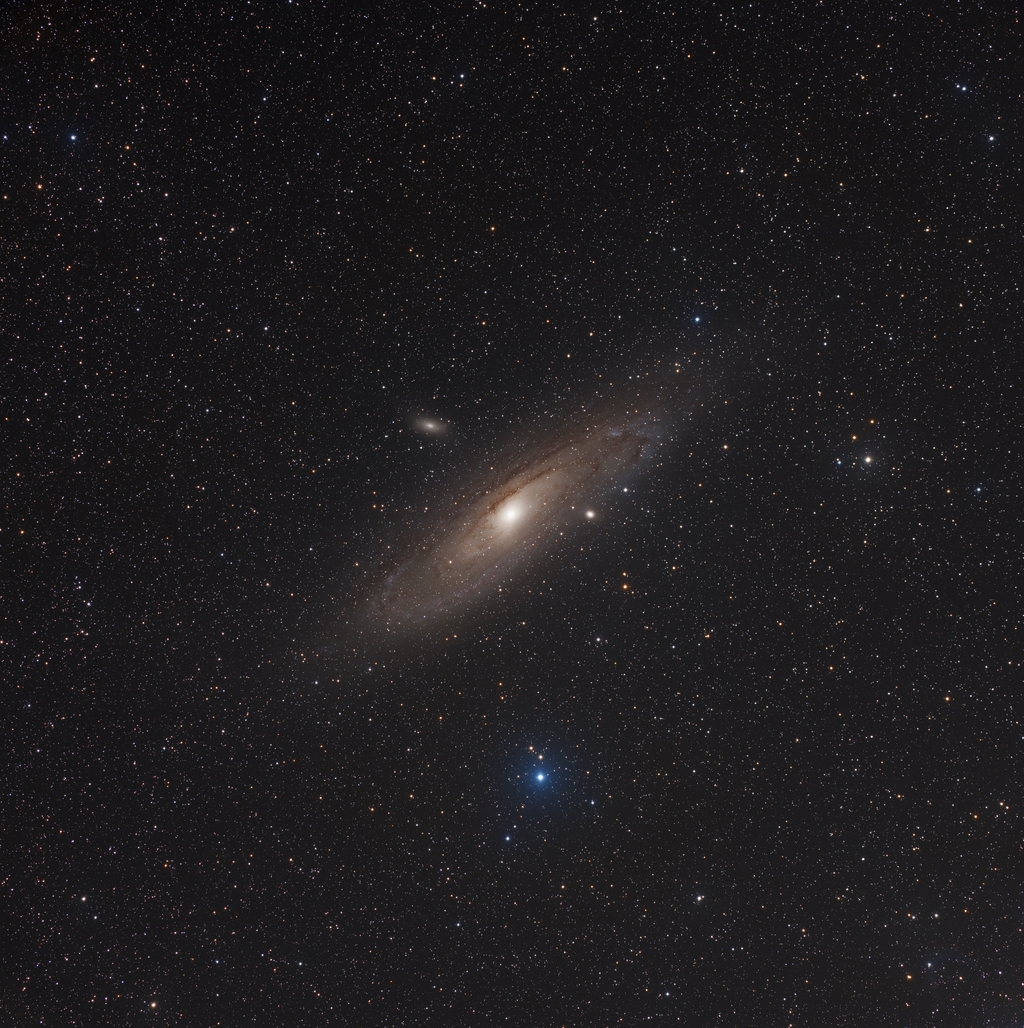
William Herschel, with his sister Caroline Herschel assisting him published The Catalogue of Nebulae and Clusters of Stars in 1786, where objects were listed with the designation of CN. William’s son, John Herschel built on this work when he published the General Catalogue of Nebulae and Clusters or Stars and objects in this catalog used the designation of GN. Later in the early 1880s, astronomer John Louis Emil Dreyer created a supplement to John Herschel’s work.
In 1886, Dreyer suggested to the Royal Astronomical Society in England that a second update to Herschel’s work should be done. They disagreed; they wanted a completely new version of Herschel’s catalog. Dreyer agreed to do this but found that doing this was going to be a major challenge. He had to work with a lot of conflicting object report data from various astronomers who used a variety of telescopes using apertures from 2 inches to 72 inches. He had to check and confirm a number of observations himself but the vast amount of work to comb through meant that a lot of what turned out to be incorrect data such as position information and object descriptions were included in the work. The good news is that Dreyer was pretty thorough with his use of reference information which allowed future astronomers to use this information and make later corrections to the original work. The New General Catalogue of Nebulae and Clusters of Stars using the designation of NGC was finally published in 1888.
John Dreyer also published the first major update to the NGC in 1895 and called it the Index Catalog of Nebulae and Clusters of Stars using the designation IC. It is basically a summary of objects discovered between 1888 when the NGC was first published and 1907. This catalog was updated in 1912. There have been subsequent updates of both catalogs since then, one in 1973, and another around 1988. In the early 1990s, a collaboration was formed to identify all the NGC and IC objects and collect images and basic data on all of them. As best as I can tell, there are around 8,000 NGC objects and over 5,000 IC objects.
The Arp Catalog of Peculiar Galaxies
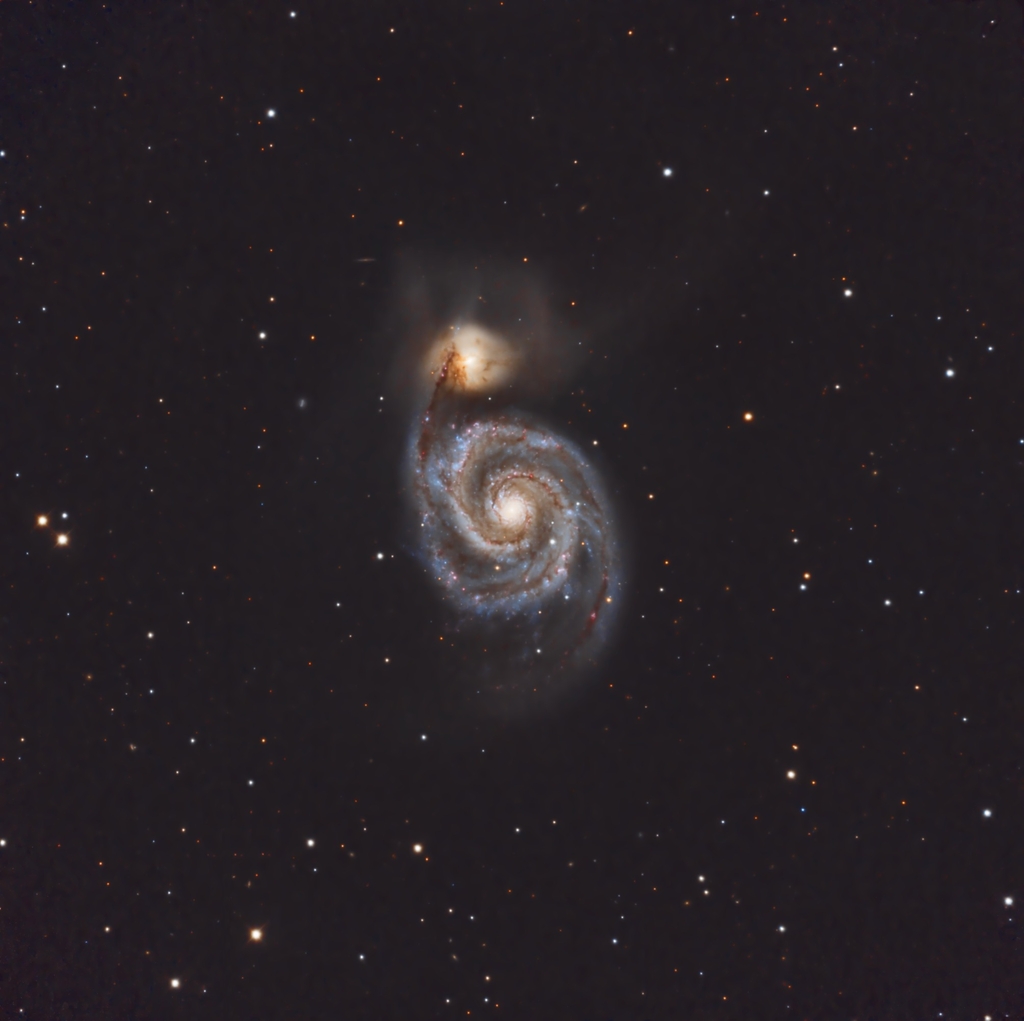
There are a number of galaxies that are classified as “peculiar” galaxies. They appear to be mutations of what we normally think galaxies should look like on the tuning fork spectrum developed by Edwin Hubble. Many of them appear to be the result of complex interactions between galaxies over millions or billions of years.
Halton Arp researched many of these objects and cataloged them The Arp Atlas of Peculiar Galaxies that he put together in 1966 and is the most detailed catalog ever constructed of interacting and merging galaxies. The Arp Atlas of Peculiar Galaxies, A Chronicle and Observer’s Guide co-written by Jeff Kanipe and Dennis Webb is the comprehensive guide to Dr Arp’s original work. Russian astronomer B.A. Vorontsov-Velyaminov also published over 300 of these types of objects from the sky survey prints of the National Geographic Society - Palomar Observatory in 1959. Fritz Zwicky is also credited by Dr Arp for doing a lot of work in this area, but Halton Arp’s catalog was the most thorough photographic investigation that had been done at that point and it took him 4 years to put all his work together and publish this catalog.
You can guess some of the objects that would be listed in his catalog: Messier 51, the Whirlpool galaxy is Arp #85. Messier 82, the Cigar Galaxy is one of the most active star forming galaxies and is listed as Arp #337. The Antennae Galaxies, NGC 4038 and NGC 4039 are Arp #244. There are many other objects that are not as well known but are just as compelling, especially as possible imaging targets.
The Sharpless Catalog
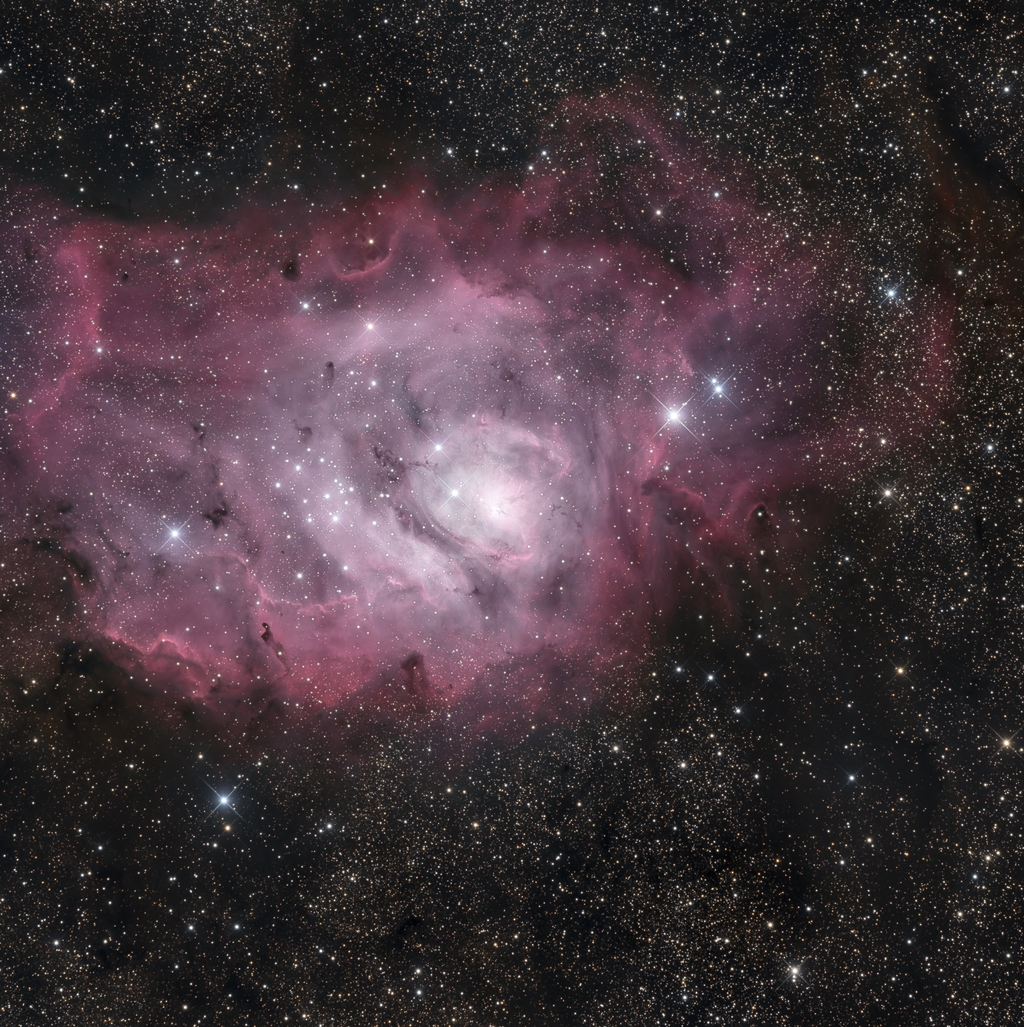
Astronomer Stewart Sharpless joined the staff of the U.S. Naval Observatory in Flagstaff sometime in 1953. Just to note, Flagstaff Arizona is also home to the Lowell Observatory; they are separate facilities. He surveyed and cataloged Hydrogen II (HII) regions of our galaxy using data from the Palomar Sky survey. 2 editions of his work were published, the first in 1953 and the second edition in 1959 which contained just over 300 objects. Many of the items in the Sharpless catalog are also listed in other catalogs, such as the New General Catalog (NGC), Messier object catalog, the Caldwell catalog and the RCW catalog. Examples of Sharpless catalog objects that are also contained in other catalogs are - M16, the Eagle Nebula is Sh2-49; M8, the Lagoon Nebula is Sh2-25; M20, the Trifid Nebula is Sh2-30; NGC 7635, and the Bubble Nebula is Sh2-162. There is one object that I’ve imaged and processed that is only in the Sharpless catalog; the Tulip Nebula, designated only as Sh2-101. All of these objects are consistent annual targets for astro imagers.
The Barnard Catalog
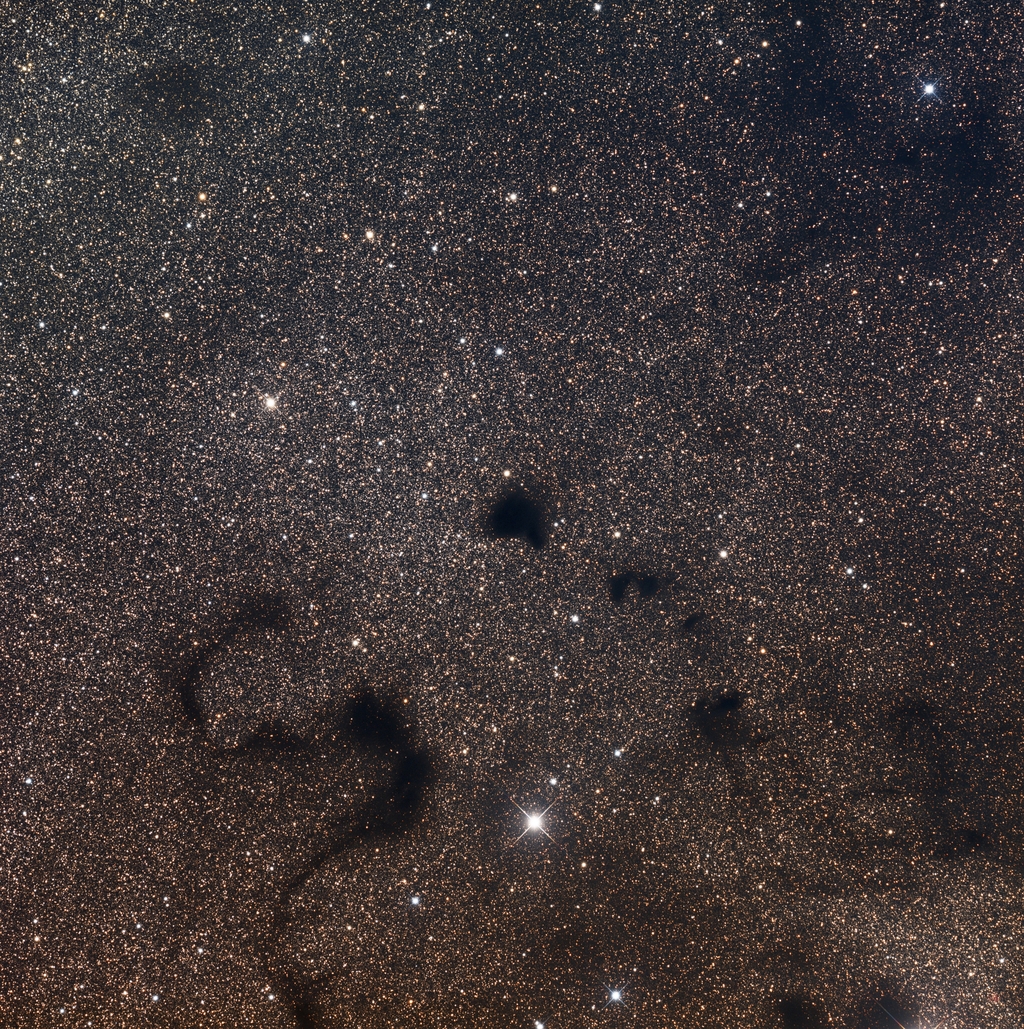
Dark nebulae can be tough objects to find, observe, image and process effectively. These are objects with large amounts of interstellar dust that are dense enough to block out much of the wavelengths of the visible light behind it. The main catalog for these kinds of objects was created by American astronomer Edward Barnard more commonly known as E.E. Barnard. He catalogued many of these items in the “Barnard Catalogue of Dark Markings in the Sky” otherwise known as the Barnard Catalogue. The version of his catalogue published in 1927 shortly after his death listed 369 objects.
The Abell Catalog
Dr George O. Abell was an American research astronomer who taught at the University of California, Los Angeles after earning his M.S. and Ph.D. from the California Institute of Technology. His work on the Palomar Observatory Sky Survey resulted in the development of not just his catalog of planetary nebulae that I mentioned but also his catalog of rich clusters of galaxies which I was not aware of until I started researching his work.
The Abell Catalog of Planetary Nebulae was originally constructed of 86 entries that were thought to be planetary nebulae (about 4 of these objects were later found not to be planetary nebulae and removed from the catalog). Roughly half of these entries were discovered by Albert George Wilson, another American astronomer and the rest by Abell and 2 others; American astronomer Robert George Harrington and Rudolph Minkowski, a German American astronomer. As a side note, Minkowski created his own catalog of 200 suspected planetary nebulae and if you can link back to the August 2016 issue of Sky and Telescope, you will find an introduction to the Minkowski catalog with solid advice on how to best observe these objects.
Dr Abell also published a catalog of huge clusters of galaxies. This catalog was part of Abell’s Ph.D. thesis using data from the Palomar Observatory Sky Survey. According to my research, there are close to 4,000 galaxy clusters in this catalog. There are specific requirements objects must have to be included such as a cluster’s Richness (number of galaxies it contained), Compactness, and Distance defined as a nominal redshift and Galactic Latitude (specific distance away from our galactic plane). I’ve posted a couple of the clusters named in Abell’s catalog; these are Very Large Telescope (VLT) images of the Fornax Galaxy Cluster (Abell S0373) and the Hercules Galaxy Cluster (Abell 2151).
The Dickel, Wendker, Bieritz (DWB) Catalog
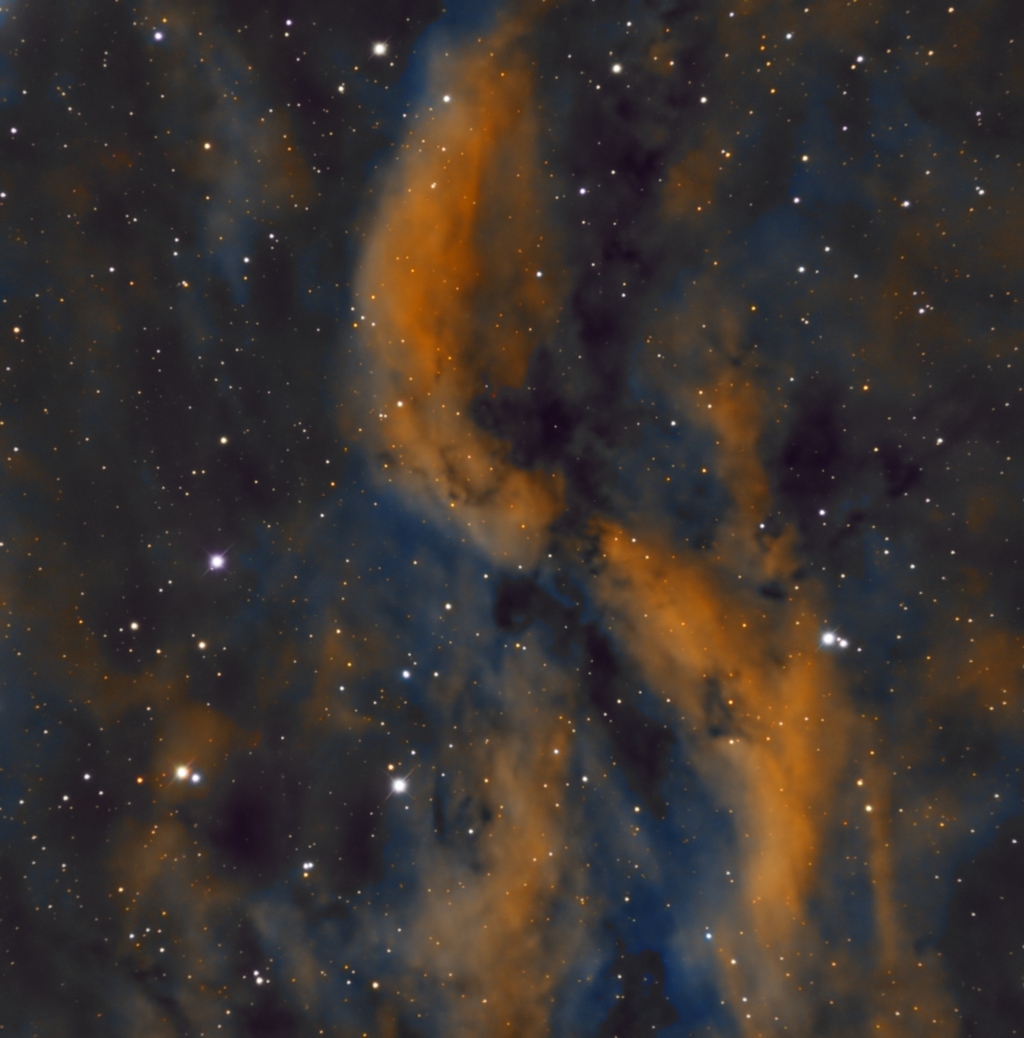
This catalog is a list of all the Hydrogen II regions contained within the Cygnus X star forming region in the constellation of Cygnus the Swan. The catalogue was created and listed 1969 of the 193 HII regions in Cygnus X and it was authored by Helene R. Dickel, German astronomer Heinrich Wendker and J.H. Bieritz who apparently were all visiting professors with the University of Illinois and worked at the Vermillion River Observatory, just southeast of Danville Illinois. The paper they published in Astronomy and Astrophysics which contained the catalogue is titled, "The Cygnus X Region V. Catalogue and Distances of Optically Visible H II Regions", Astron. & Astrophyis. 1, 270-280 (1969). A scanned PDF is available here.
RCW Catalog
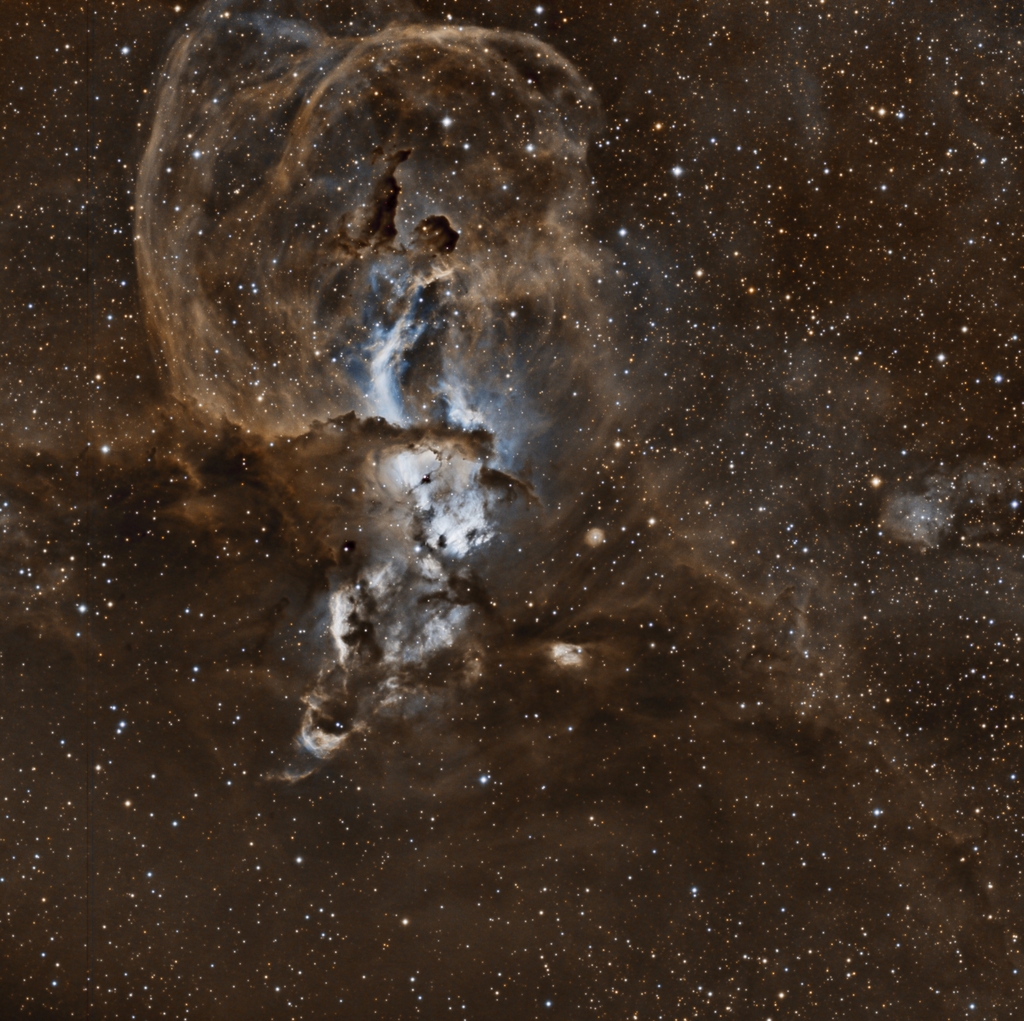
This is a catalog of Hydrogen Alpha regions seen in the Southern Hemisphere of the Milky Way. It was put together by 3 research astronomers; Alexander William Rodgers, Colin T. Campbell and John Bartlett Whiteoak. They worked at the Mount Stromlo Observatory in Australia during the 1960s. This catalog contains 182 objects, many that overlap with the Gum, NGC, Caldwell and the Sharpless catalog. Two well known RCW objects are the Statue of Liberty Nebula, RCW 57 which is also known as The Torchbearer and the Butterfly Nebula, RCW 124.
Stay safe, and clear skies!
Image Credits:
NGC 224 - Telescope Live 1-Click Observation Data, Processed with PixInsight - https://app.telescope.live/click-grab/all?target=m31
Arp 85 - Telescope Live 1-Click Observation Data, Processed in PixInsight - https://app.telescope.live/click-grab/all?target=m51
Sh2-25 - Telescope Live Advanced Request Data, Sept 2020, LRGB and Processed in PixInsight.
Barnard 72 - Telescope Live Advanced Request Data, June 2021, LRGB and Processed in PixInsight
DWB 111 - Telescope Live 1-Click Observation Data, Processed in PixInsight - https://app.telescope.live/click-grab/all?target=DWB%20111
RCW 57 - Telescope Live 1-Click Observation Data, Processed in PixInsight - https://app.telescope.live/click-grab/all?target=statue%20of%20liberty%20nebula
